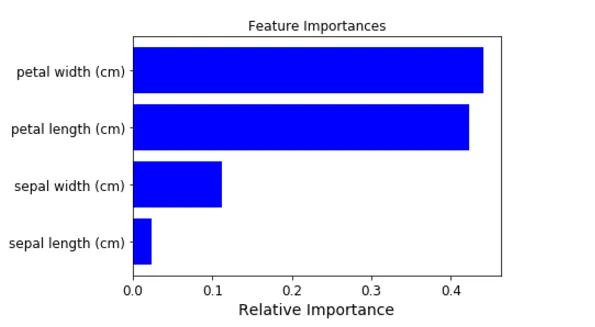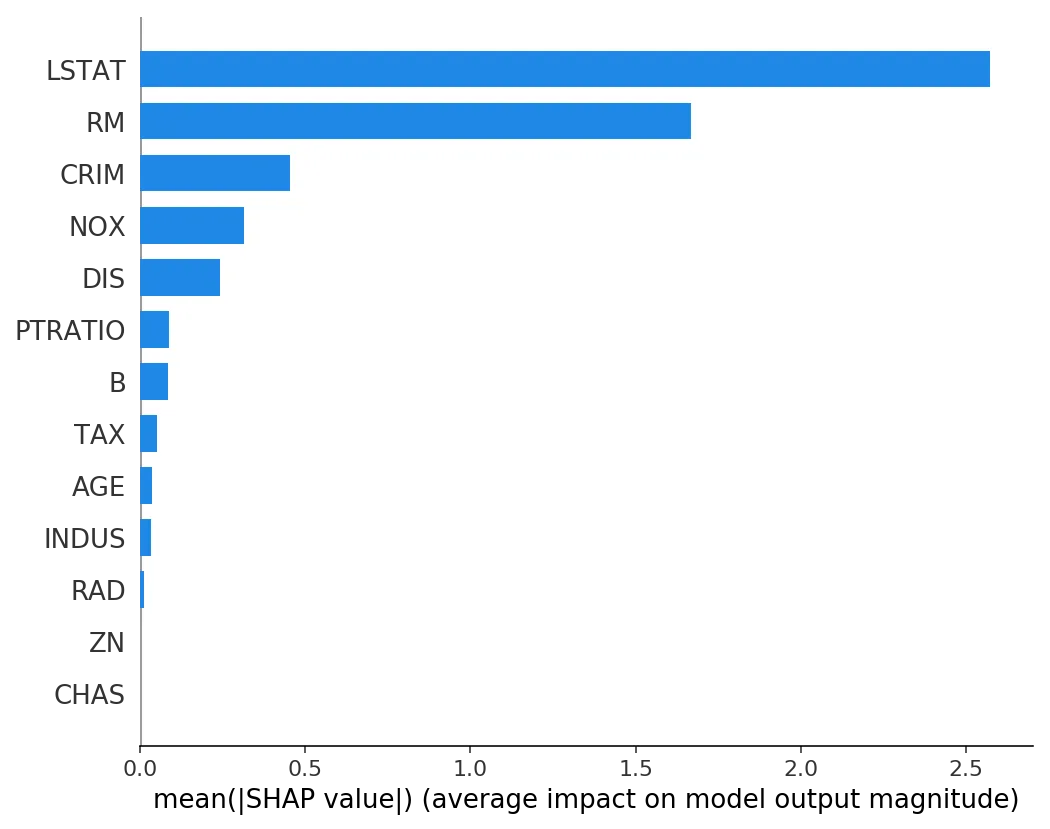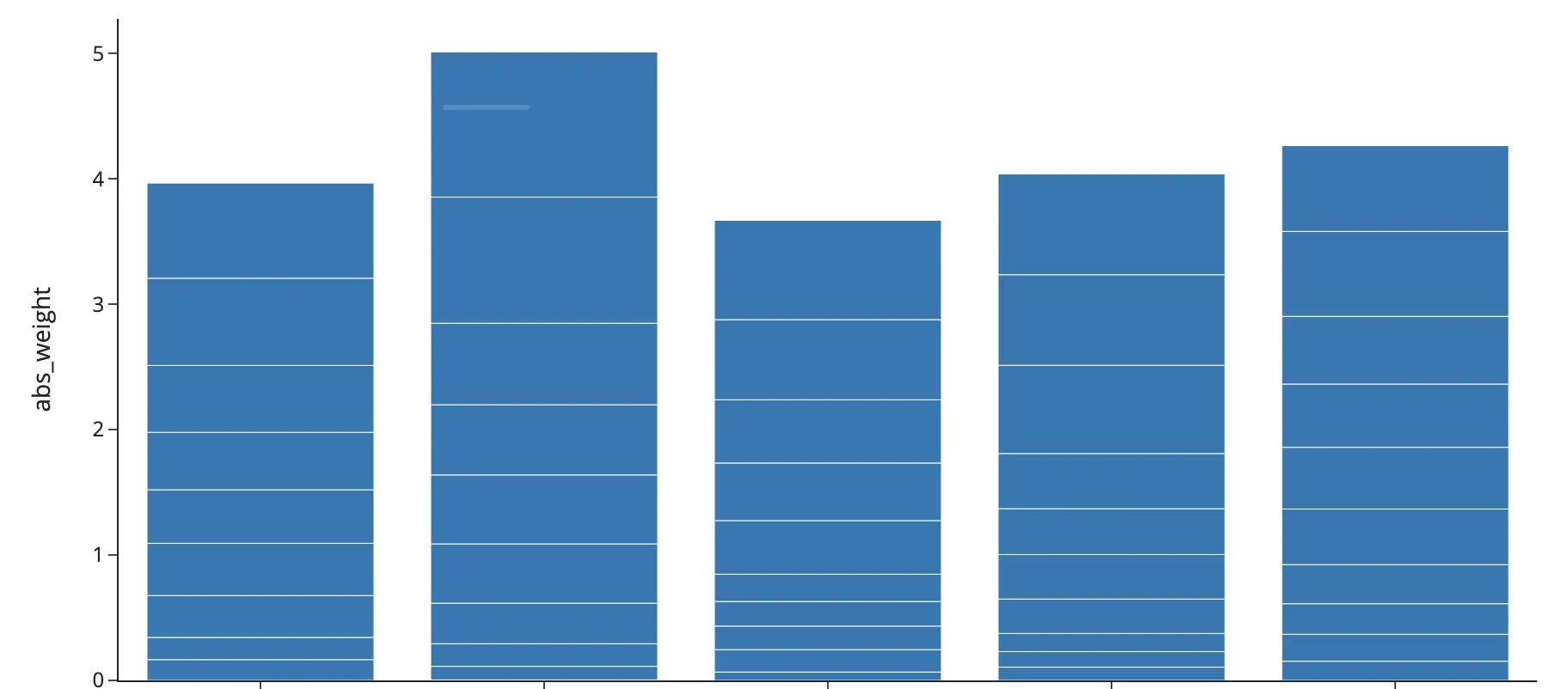我正在使用Python(3.6) Anaconda (64位) Spyder (3.1.2)。我已经使用Keras (2.0.6)为回归问题(一个响应变量,10个自变量)设置了神经网络模型。我想知道如何生成类似于下图的特征重要性图表:

def base_model():
model = Sequential()
model.add(Dense(200, input_dim=10, kernel_initializer='normal', activation='relu'))
model.add(Dense(1, kernel_initializer='normal'))
model.compile(loss='mean_squared_error', optimizer = 'adam')
return model
clf = KerasRegressor(build_fn=base_model, epochs=100, batch_size=5,verbose=0)
clf.fit(X_train,Y_train)


eli5目前仅支持 2D 数组。如果您的模型使用了像GRU或LSTM这样的 3D 层,那么eli5将无法为您工作。您需要使用另一个库,例如SHAP。 - user5305519